
Agrisolar as Drought Protection
By Asaf Maman and Avi Elkayam, Trigo Solar
Declining precipitation levels and the associated reduction in arable land can negatively impact rural communities and pose a threat to food security. While utility-scale solar projects reduce…
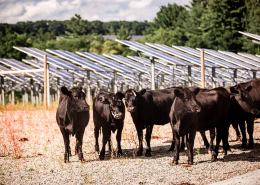
Farmland, Family, and the Future of Solar Energy
By Stephanie Hince, AES
Although Grafton, Massachusetts, is just an hour west of Boston, life there is very different. Grafton is a friendly country town with a lovely historical feel. It has been a farming community for centuries, where…
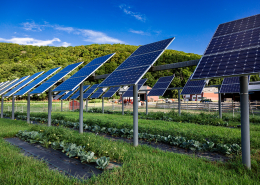
New Federal Solar Tax Credit Resources Available
The U.S. Department of Energy and the Solar Energy Technologies Office (SETO) have developed new resources to help Americans navigate changes in the solar Investment Tax Credit (ITC) that occurred after the passing of the Inflation Reduction…
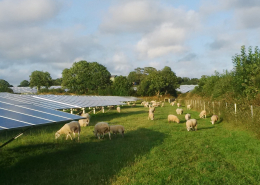
The International Landscape of Solar Farms and Agrivoltaics
Rebecca A. Efroymson, Environmental Scientist, Oak Ridge National Laboratory); and Jonathan M. O. Scurlock, Chief Adviser for Renewable Energy & Climate Change, National Farmers’ Union of England and Wales
Solar photovoltaic (PV) power,…
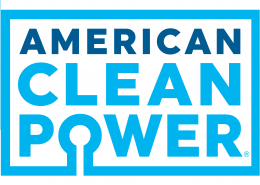
Solar and The Future of Farmland
By David Murray
In the 1940s, my great-grandfather purchased a small farm in the Hudson Valley of New York. He raised chickens and grew tomatoes, strawberries, and other crops until he passed away. My extended family treasures this farm,…

Community AgriSolar: Merging Agrisolar and Community Solar
Merging community solar and agrisolar could aid the Department of Energy’s (DOE) goal of saving $1 billion in energy costs through community solar by 2025. Not only would merging community solar and agrisolar help DOE reach that goal, but…
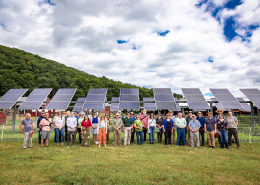
Follow the Sun Tour: Massachusetts
By Stacie Peterson, PhD
See more photos from the tour in the AgriSolar Flickr album here: Follow the Sun Tour: Massachusetts | Flickr
The farmlands of Massachusetts are cherished landscapes, steeped in cultural significance and family…
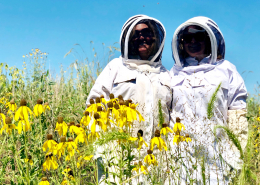
Follow the Sun Tour Minnesota
By: Stacie Peterson
Minnesota is a leader in agrisolar, thanks to innovative policies, inspiring research, and a committed network of agrivoltaic and pollinator advocates. The Follow the Sun Tour had the opportunity to visit four of Minnesota’s…
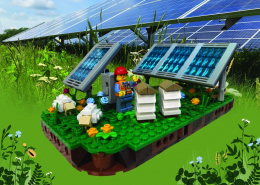
Lego Solar Farm Prize for Best Photo Taken During the Follow the Sun Tour
AgriSolar Clearinghouse partner Rob Davis has generously offered a full Solar Farm Lego set as a prize for the winner of the competition for best photo taken at one of the Follow the Sun tour field trips.
This set is priceless and can not…
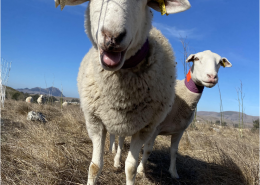
Solar Sheep – an example of multifunctional land use
By Emma Kampherbeek
Land is limited. Agriculture, electricity production, housing, nature, etc. all compete for the same plot of land. In some areas more than in others, but the competition is everywhere. On top of that, greenhouse gas emissions…
